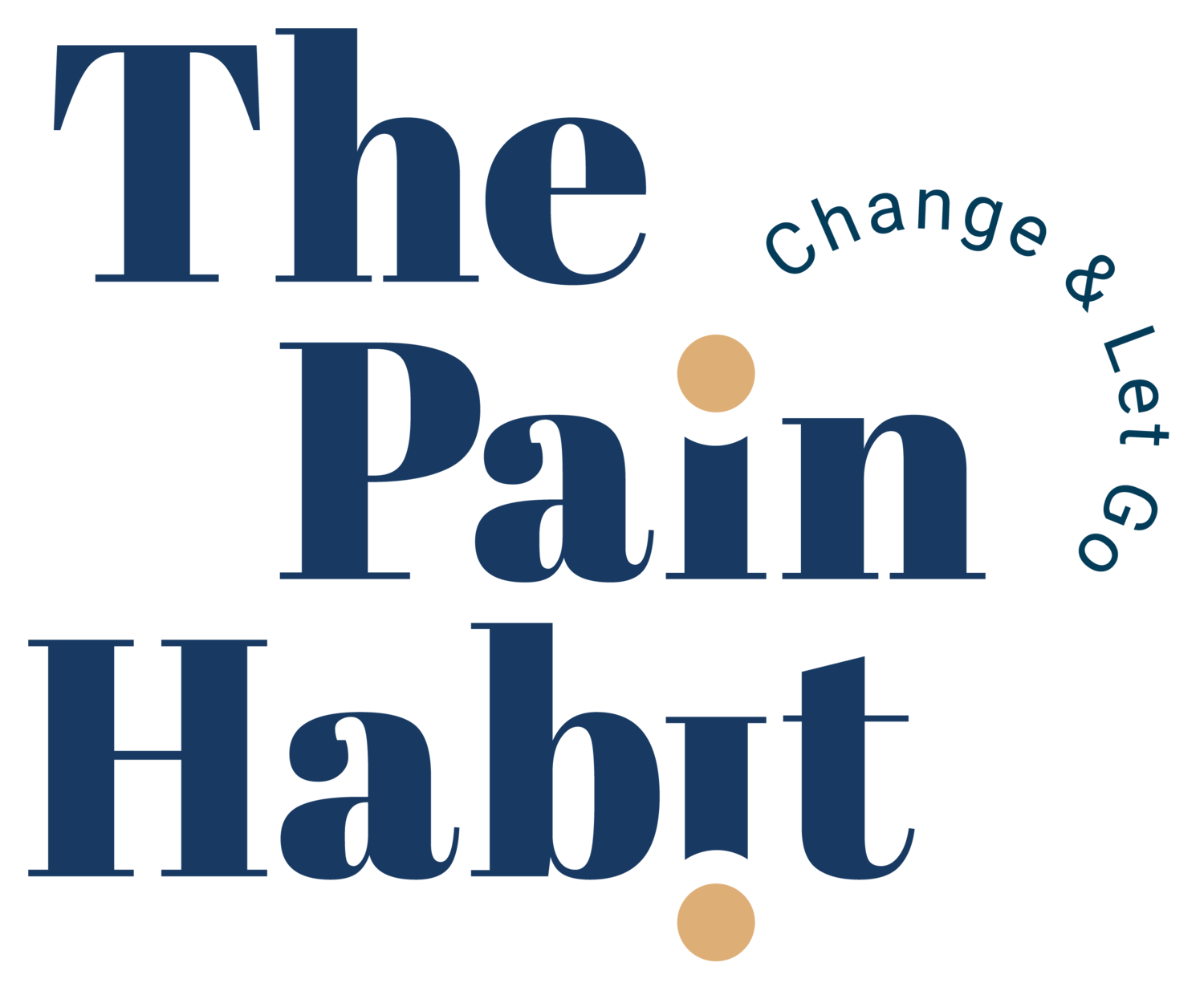Pain With Imagining Moving?
Imagining Moving
This post is going to highlight another piece of evidence to show how your brain can trigger pain.
You feel it in your body. It’s a real pain, but the pain is driven by your brain's perception of something that's happening.
This is another technique described by Professor Howard Schubiner, who I had the opportunity to listen to recently and discuss a couple of cases.
He uses the imagination of a movement to see if that elicits pain in a patient.
Imagination Can Elicit Pain
So if it was someone who turned the head and said that's painful, he might get them to do that.
It could be lifting the arm or bending. It doesn't matter. The patient is asked to close their eyes and simply imagine the same movement.
Now, if that elicits pain, it is such a significant indicator that it has to be the brain because the body's not moving at that moment.
Predictive Coding At It’s Finest
That's predictive coding at its finest. The anticipation of it going to hurt through simply imagining the movement triggers the neural pathway that triggers the pain.
It’s a lovely technique that is very safe for the patient.
If they already have pain, it may increase it. If they don't have pain it might elicit it. If it doesn't do either, well, that's a positive.
It means they are not as sensitized as someone who does experience pain with imagination.
That can only come from the brain.
Test Yourself
If you are a patient and you want to test that, it's simply confirming that your body is so sensitized to the threat of pain that your brain will pick up even the suggestion or imagination that movement will take place.
Keep looking after these little posts as it builds up evidence for you as a patient.
Reassure Yourself
You can reassure yourself that your brain is driving the pain experienced in your body rather than the damage you’ve sustained that continues to fire messages to your brain.
It’s the other way around.
Great Example
If you are a therapist and want to use this with patients, it's a great example of how you can illustrate how sensitive their body is to that pain.
When someone experiences pain like this it can be the catalyst for them to see that they can reverse that process by training their brain and training the body to change their experience of that pain.
What’s next?
Take Your First Step to Recovery.
Join our FREE private Facebook group, The Pain Habit Community, to see how others have successfully returned to a pain-free life. Get support on your journey.
Sign up for The Pain Habit Blog below.
Subscribe to The Pain Habit YouTube channel.
Buy The Pain Habit book. Order here.



